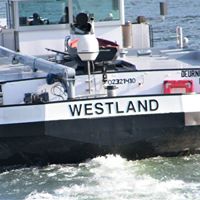What was invented by Christopher Cockerell?
Sir Christopher Sydney Cockerell (4 June 1910 – 1 June 1999) invented the hovercraft. It occurred to him that if the entire craft were lifted from the water, the craft would effectively have no drag. This, he conjectured, would give the craft the ability to attain a much higher maximum speed than could be achieved by the boats of the time. He tested his theories using a vacuum cleaner and two tin cans. His hypothesis was found to have potential, but the idea took some years to develop, and he was forced to sell personal possessions to finance his research. By 1955, he had built a working model from balsa wood and had filed his first patent for the hovercraft, No GB 854211.
Cockerell built several models of his hovercraft design featuring an engine mounted to blow from the front of the craft into a space below it, combining both lift and propulsion. He demonstrated the model in front of various government experts and ministers, and the design was subsequently put on the secret list. In spite of tireless efforts to arrange funding, no branch of the military was interested, as he later joked, "the navy said it was a plane not a boat; the air force said it was a boat not a plane; and the army was 'plain not interested.'
It remained classified until 1958, when Cockerell was introduced to the NRDC (National Research Development Corporation). In the autumn of 1958, the NRDC placed an order with Saunders-Roe for the first full-scale hovercraft.
More Info:
en.wikipedia.org









